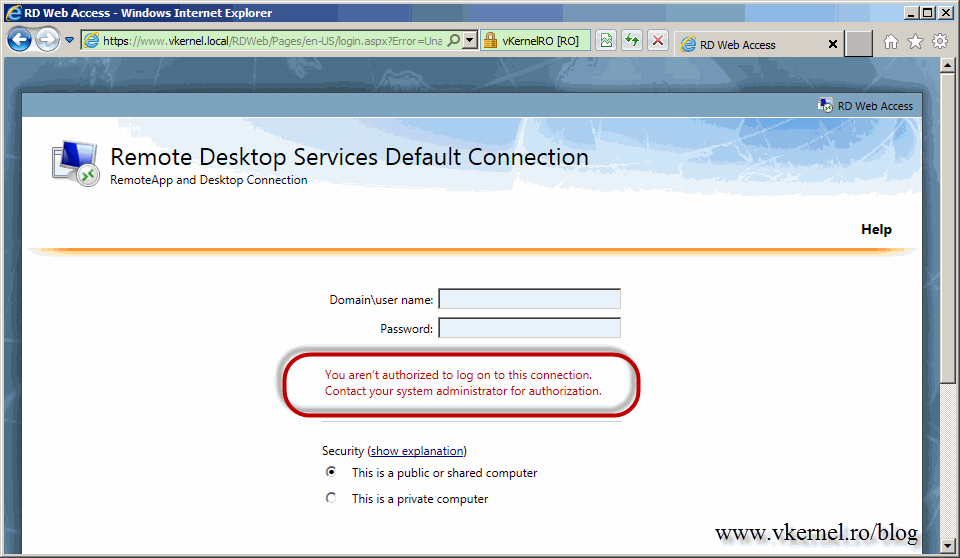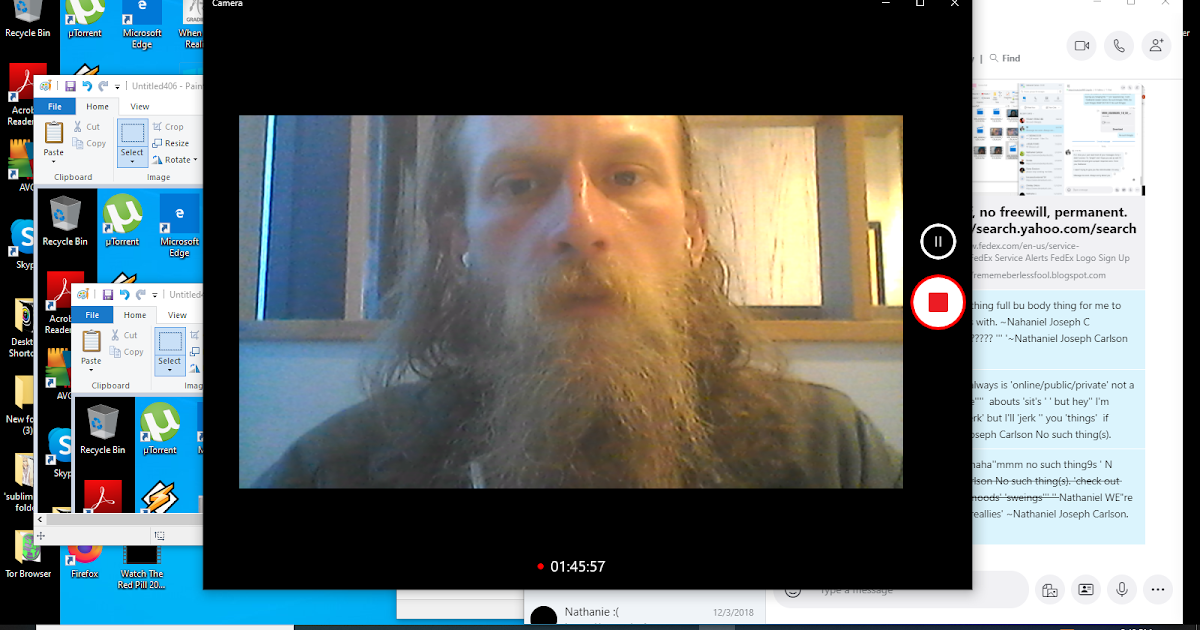Microsoft Remote Desktop Web Access
- Chrome Remote Desktop Web Access
- Remote Desktop Web Connection
- Microsoft Remote Desktop Web Access System
Hello, We have several Microsoft RD Web Access Serers in our company. These Microsoft RD Web Access Servers provide a web based login page where users have to provide their domain username and password to access published applications.
Your answer is yes, you will need an RDS CAL to be compliant with licensing.
- New in 2018 the Microsoft Remote Desktop Web Client lets you run any Windows line of business desktop applications in a browser.Find Out More About Hosted.
- Remote Desktop Web Access (RD Web Access) formerly known as Terminal Services Web Access (TS web) is the second generation Web based access portal for Microsoft Terminal Services (Remote Desktop Services). Remote Desktop Services is a windows role based service that comes with windows operating system itself.
Taken from 'Licensing Windows Server 2012 R2 Remote Desktop Services' (http://download.microsoft.com/download/3/D/4/3D42BDC2-6725-4B29-B75A-A5B04179958B/WindowsServerRDS_VLBrief.pdf):
'An RDS CAL is required to use any functionality included in the Remote Desktop Services role in Windows Server. For example, if you are using RDS Gateway and/or Remote Desktop Web Access to provide access to a Windows client operating system on an individual PC, both an RDS CAL and Windows Server CAL are required.'
-->The Remote Desktop web client lets you use a compatible web browser to access your organization's remote resources (apps and desktops) published to you by your admin. You'll be able to interact with the remote apps and desktops like you would with a local PC no matter where you are, without having to switch to a different desktop PC. Once your admin sets up your remote resources, all you need are your domain, user name, password, the URL your admin sent you, and a supported web browser, and you're good to go.

Note
Curious about the new releases for the web client? Check out What's new for Remote Desktop web client?
What you'll need to use the web client
- For the web client, you'll need a PC running Windows, macOS, ChromeOS, or Linux. Mobile devices are not supported at this time.
- A modern browser like Microsoft Edge, Internet Explorer 11, Google Chrome, Safari, or Mozilla Firefox (v55.0 and later).
- The URL your admin sent you.
Note
The Internet Explorer version of the web client does not have audio at this time.Safari may display a gray screen if the browser is resized or enters fullscreen multiple times.
Start using the Remote Desktop client
To sign in to the client, go to the URL your admin sent you. At the sign in page, enter your domain and user name in the format DOMAINusername, enter your password, and then select Sign in. Glimpses for mac.
Note
By signing in to the web client, you agree that your PC complies with your organization's security policy.
After you sign in, the client will take you to the All Resources tab, which contains all items published to you under one or more collapsible groups, such as the 'Work Resources' group. You'll see several icons representing the apps, desktops, or folders containing more apps or desktops that the admin has made available to the work group. You can come back to this tab at any time to launch additional resources.
To start using an app or desktop, select the item you want to use, enter the same user name and password you used to sign in to the web client if prompted, and then select Submit. You might also be shown a consent dialog to access local resources, like clipboard and printer. You can choose to not redirect either of these, or select Allow to use the default settings. Wait for the web client to establish the connection, and then start using the resource as you would normally.
When you're finished, you can end your session by either selecting the Sign Out Wol wake. button in the toolbar at the top of your screen or closing the browser window.
Web client keyboard shortcuts
The following table describes alternate key combinations to inject standard Windows shortcut keys in the remote session.
| Shortcut key | Description |
|---|---|
| (Windows) Ctrl+Alt+End (MacOS) fn+control+option+delete | Inject Ctrl+Alt+Del in the remote session. |
| Alt+F3 | Injects Windows key in the remote session. |
Printing from the Remote Desktop web client

Follow these steps to print from the web client:
- Start the printing process as you would normally for the app you want to print from.
- When prompted to choose a printer, select Remote Desktop Virtual Printer.
- After choosing your preferences, select Print.
- Your browser will generate a PDF file of your print job.
- You can choose to either open the PDF and print its contents to your local printer or save it to your PC for later use.
Transfer files with the web client
To learn how to enable web client file transfer, check out Configure device redirections.
Follow these steps to transfer files from your local computer to the remote session:
- Connect to the remote session.
- Select the file upload icon in the web client menu.
- When prompted, select the files you want to upload using the local file explorer.
- Open the file explorer in your remote session. Your files will be uploaded to Remote Desktop Virtual Drive > Uploads.
To download files from the remote session to your local computer:

- Connect to the remote session.
- Open the file explorer in your remote session.
- Copy the files you want to download to Remote Desktop Virtual Drive > Downloads.
- Your files will be downloaded to your local default downloads folder.
Copy and paste from the Remote Desktop web client
The web client currently supports copying and pasting text only. Files can't be copied or pasted to and from the web client. Additionally, you can only use Ctrl+C and Ctrl+V to copy and paste text.

Use an Input Method Editor (IME) in the remote session
Chrome Remote Desktop Web Access
The web client supports using an Input Method Editor (IME) in the remote session in version 1.0.21.16 or later. Before you can use the IME, you must install the language pack for the keyboard you want to use in the remote session on the host virtual machine. To learn more about setting up language packs in the remote session, check out Add language packs to a Windows 10 multi-session image.
Remote Desktop Web Connection
To enable IME input using the web client:
- Before you connect to the remote session, go to the web client Settings panel.
- Toggle the Enable Input Method Editor setting to On.
- In the drop-down menu, select the keyboard you want to use in the remote session.
- Connect to the remote session.
Microsoft Remote Desktop Web Access System
The web client will suppress the local IME window when you are focused on the remote session. If you change the IME settings after you've already connected to the remote session, the setting changes won't have any effect. The web client doesn't support IME input while using a private browsing window.
Note
If the language pack isn't installed on the host virtual machine, the remote session will default to the English (United States) keyboard.
Get help with the web client
If you've encountered an issue that can't be solved by the information in this article, you can get help with the web client by raising feedback on the web client's Feedback page.
